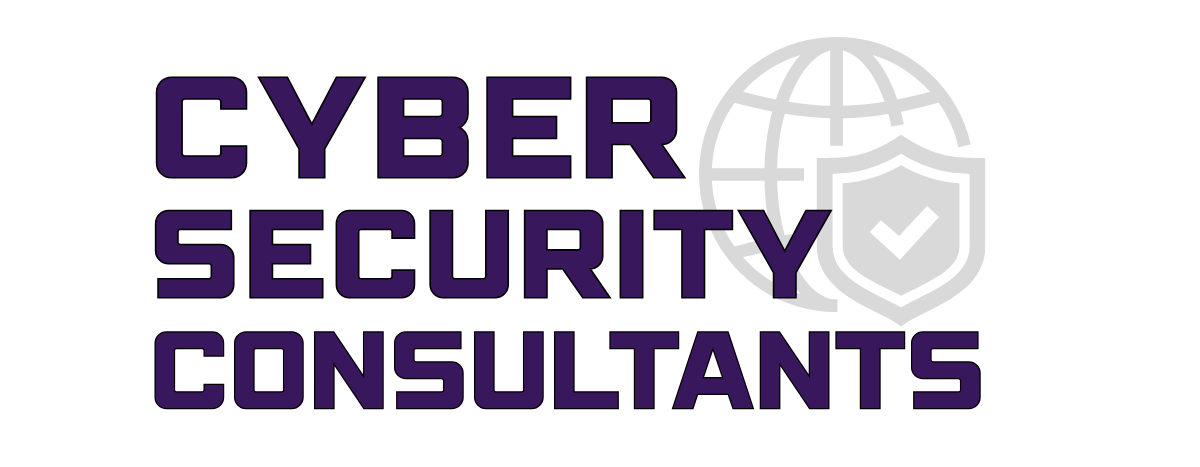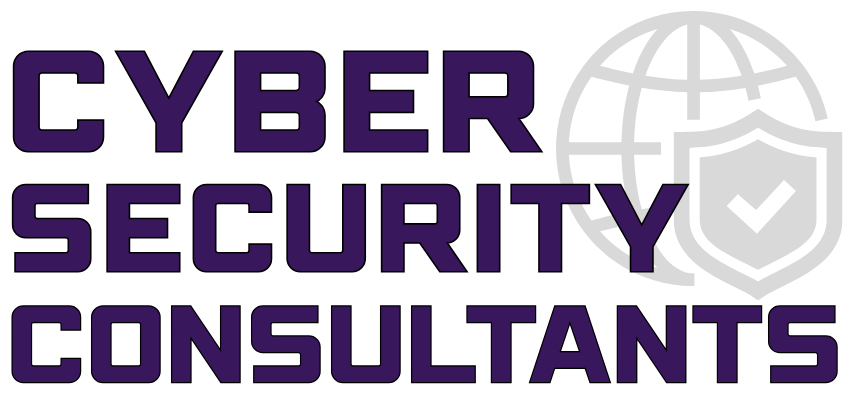Cyber Insurance Coverage Checklist: Essential Strategies for Digital Protection
Cyber Insurance Coverage Checklist
Part 1 of 3
Cybersecurity Fundamentals: Navigating the Digital Age Safely
Cyber Insurance Checklist Introduction
In the ever-evolving digital landscape, cybersecurity has become a paramount concern for individuals and businesses alike. The Internet, while a vast resource for innovation and communication, also presents significant risks. Cybersecurity is not just about protecting data; it’s about safeguarding our digital existence.
How Do People Initially Get Infected/Hacked?
Cybercriminals employ a variety of tactics to breach systems. One common method is phishing, where victims are tricked into providing sensitive information. This can occur through deceptive emails that appear to come from trusted sources. Another prevalent technique is the exploitation of software vulnerabilities. Cybercriminals often use sophisticated malware to infiltrate systems, causing significant damage.

Real-World Example
Consider a client who, unaware of the dangers, had all their servers located onsite with minimal protection. Their systems were continually compromised, leading to frequent crashes and data breaches. This scenario underscores the importance of proactive cybersecurity measures.
Consequences for Businesses After a Cyberattack
The aftermath of a cyberattack can be devastating for businesses. The immediate effects often include operational disruptions and data loss. In the long term, companies may suffer from tarnished reputations and loss of customer trust. Financially, the impact can be substantial, with costs associated with recovery, legal fees, and potential fines.
The Two-Strike Operation
A common attack method is the 'Two-Strike Operation.' Initially, the hacker gains access to a network, often through phishing. Then, they deploy ransomware, encrypting the company's data and demanding a ransom. This dual attack can paralyze a business, leading to significant financial and reputational damage.
Preventing Cyber Attacks
Prevention is key in cybersecurity. Here are some effective strategies:

- Regular Software Updates: Keep all software updated to patch vulnerabilities.
- Employee Training: Educate staff about phishing scams and safe internet practices.
- Strong Password Policies: Implement and enforce robust password guidelines.
- Multi-Factor Authentication: Use multi-factor authentication for an added layer of security.
- Regular Backups: Maintain regular backups of critical data to mitigate the impact of data loss.
Understanding the Cost of Cybersecurity
Cybersecurity is an investment, not an expense. The cost of implementing cybersecurity measures is significantly less than the potential losses from a cyberattack. For example, a comprehensive security package might cost around $65 per month per employee. This package could include endpoint protection, user training, and regular audits. For smaller businesses or non-profits, tailored plans are available at reduced costs.
Balancing Cost and Security
The key is to find a balance between cost and the level of security needed. While a large enterprise might require extensive security measures, a small business might opt for a more scaled-down approach.

Final Thoughts
In today's digital age, cybersecurity is not optional; it's a necessity. Whether you're an individual user, a small business, or a large corporation, the threats are real, and the stakes are high. Investing in robust cybersecurity measures is not just about protecting data; it's about safeguarding the future of your business in the digital world.
If you would like to learn more about requirements for cyber insurance and/or what to look for in cyber insurance coverage please check out our other blog articles or contact us.
Thank you and stay safe!



